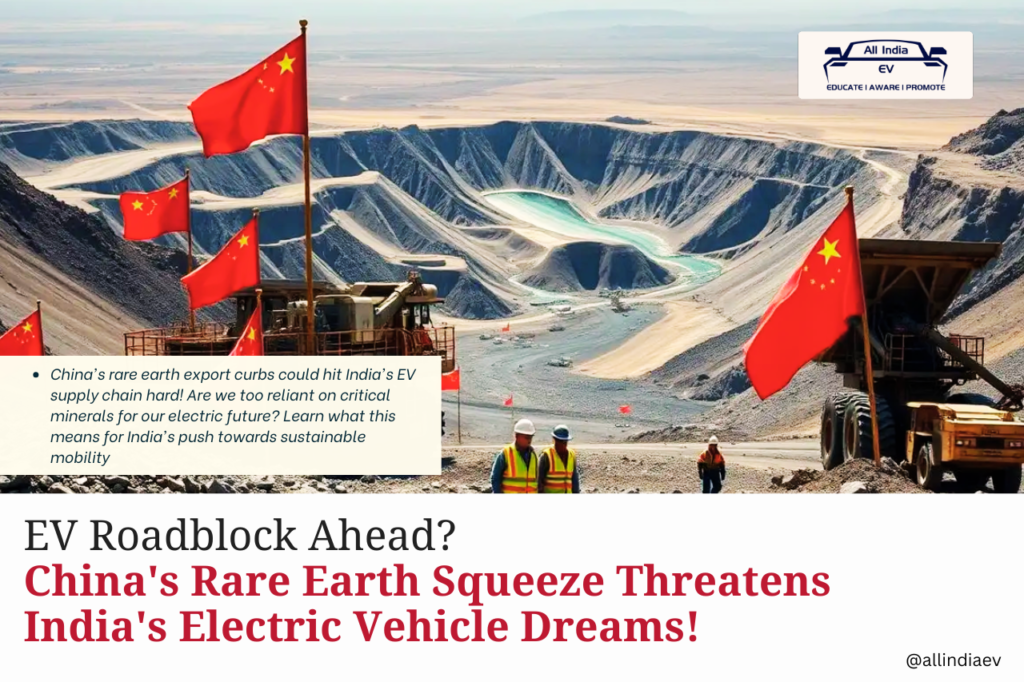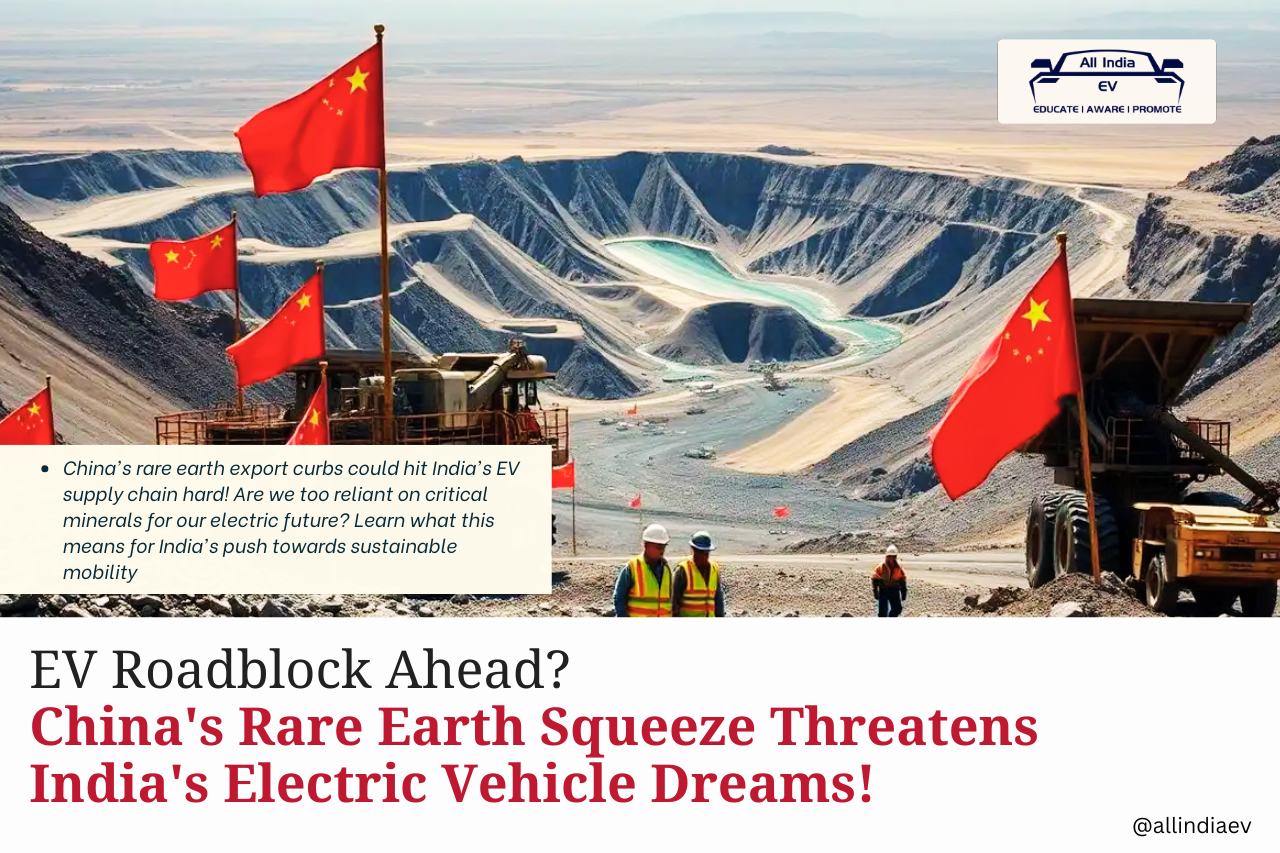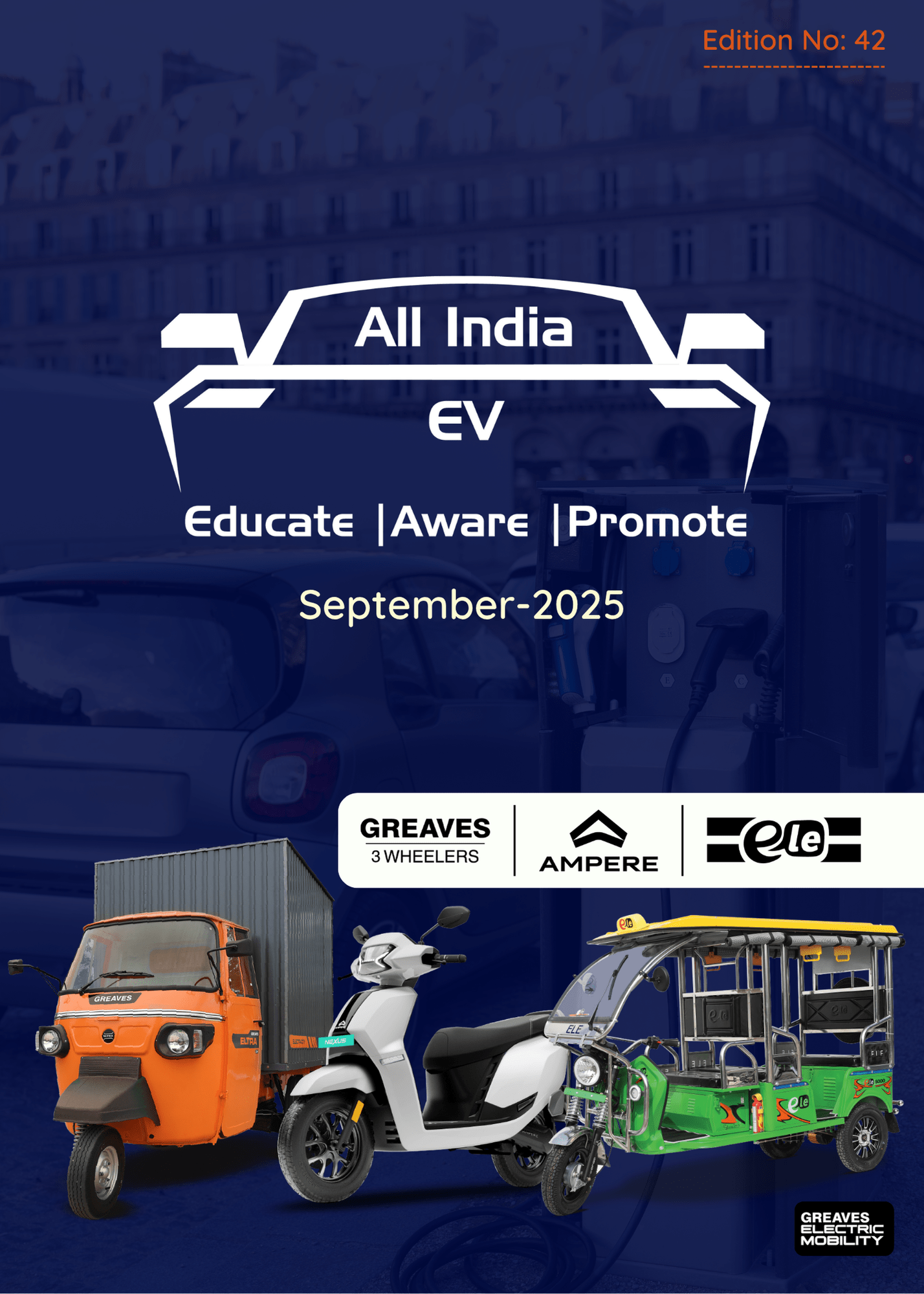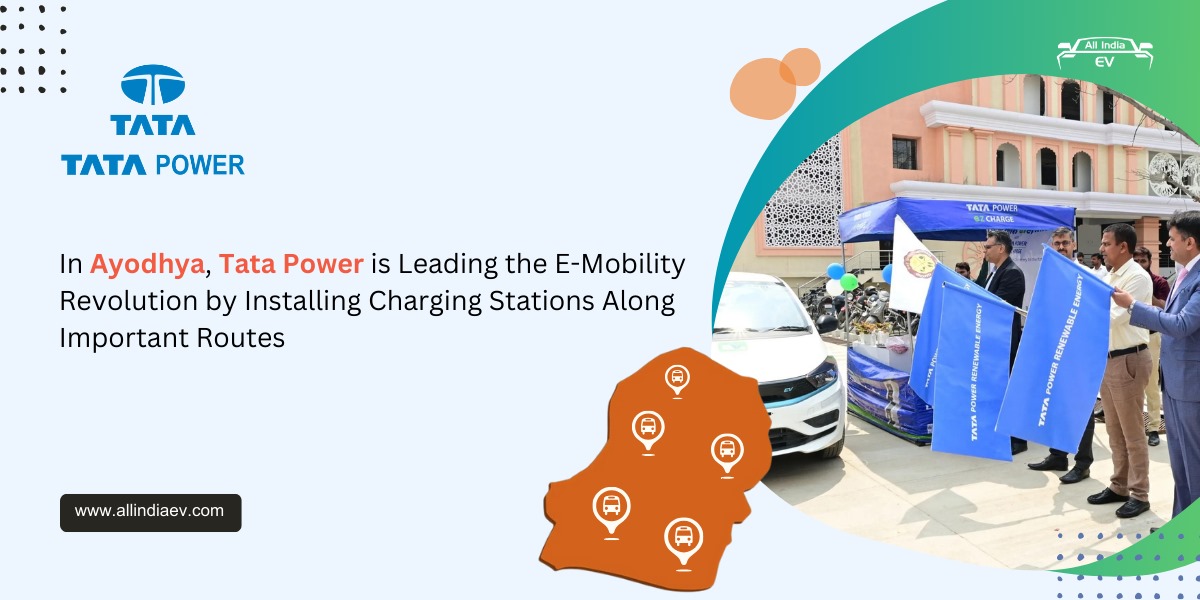
Indian EV Makers Face Supply Shock as China’s Magnet Export Curbs Disrupt Motor Imports, Risking PLI Gains & Domestic Manufacturing Goals
India’s electric vehicle (EV) sector is facing a looming supply chain crisis as China tightens export controls on rare earth magnets, a critical component for EV motor production. According to a recent report by Jefferies, several Indian manufacturers are already struggling to secure supplies, raising red flags about a potential slowdown in the country’s clean mobility transition.
With China accounting for over 90% of global magnet supply, and recent policy changes requiring export permits for automotive-grade magnets, Indian companies are warning that existing inventories may run out in the coming weeks.
“The industry is facing a challenge in importing magnets from China, and EV motor production could be at risk once existing inventories are exhausted,” the report said.
Ripple Effect Across the EV Ecosystem
The Federation of Automobile Dealers Associations (FADA) also raised alarms in its monthly sales update, noting that rare earth constraints — combined with global geopolitical uncertainties — are pushing up input costs and weakening consumer sentiment, especially in urban markets.
Some OEMs are now exploring importing fully assembled motors from China as a temporary fix. However, this move could trigger a cascade of new issues: supply chain reconfiguration, loss of domestic value addition, and the need to undergo fresh homologation under Indian regulatory norms, which could threaten eligibility for key Production-Linked Incentive (PLI) schemes.
Government Strategic Intervention
In response to the crisis, the Indian government is engaging with industry stakeholders to build strategic stockpiles of rare earth magnets, Reuters reported. Authorities are also considering fiscal incentives to promote local production of critical EV components, aiming to reduce the country’s dependence on external suppliers.
Although rare earth elements (REEs) are not geologically rare, the processing and refining complexities make supply chains highly concentrated. China currently controls nearly 70% of global REE mining and 90% of the refining and magnet production, making its policy shifts particularly disruptive for global markets.
“With export approvals now required for even basic EV-grade magnets, the new Chinese regulations — citing national security — are already creating procurement delays,” said a senior official involved in the supply chain planning.
Threat to India’s EV Growth Trajectory
India’s electric vehicle adoption has seen robust growth in recent years, with the government targeting 30% EV penetration by 2030. However, the rare earth bottleneck could pose a significant risk to this trajectory.
Experts warn that without quick strategic action — including diversification of sourcing, domestic production scaling, and alternative motor technologies — the country could face major slowdowns in both production and adoption.
Looking Ahead
The rare earth crunch underscores India’s urgent need to de-risk its EV supply chain and invest in domestic magnet manufacturing capabilities. Industry leaders are calling for long-term policy frameworks, R&D support, and public-private collaboration to build a self-reliant EV ecosystem.
As the world shifts gears toward cleaner transport, India’s ability to navigate this supply shock could determine whether it leads — or lags — in the global electric mobility race.










